Nina Cooke John on winning United States Artists’ 2022 USA Fellowship
Architect Nina Cooke John and a further 63 artists working across ten disciplines have been announced 2022 USA Fellows by Chicago funding organisation United States Artists
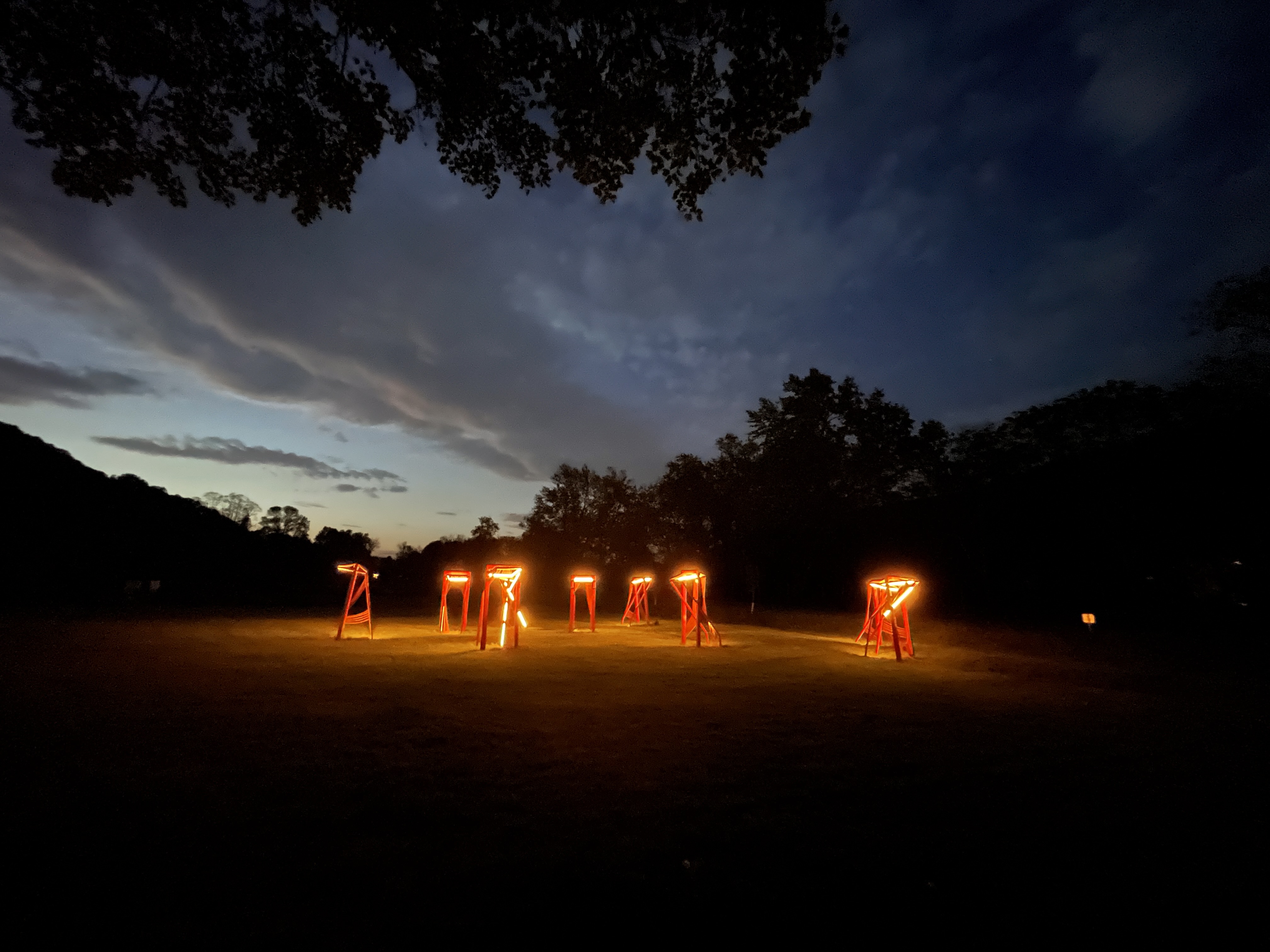
Architect Nina Cooke John is one of 63 artists working across ten disciplines that have been recently announced as 2022 USA Fellows by Chicago national arts funding organisation United States Artists. The prestigious acknowledgment encompasses $50,000 cash awards for a range of creatives, and the winning studios include architects Dream The Combine, Germane Barnes, Design Earth and SO – IL. Also among the winners is the dynamic young studio of Nina Cooke John, which was founded in New York in 2018.
Cooke John teaches as well as designs, and her work ranges from private homes to cultural buildings. Notably, she won the competition for a monument honouring abolitionist Harriet Tubman in New Jersey, set to replace a now-removed statue of Christopher Columbus on Newark’s Washington Square.
We caught up with the architect to talk about her practice, plans for the future, and what this recognition means to her.
Wallpaper* meets Nina Cooke John
Wallpaper*: Who is Nina Cooke John and what does your studio do?
Nina Cooke John: I am an architect and artist with a multidisciplinary practice. I was born and raised in Kingston, Jamaica, and my experience as an immigrant informs most of my work. My studio has primarily been engaged with residential architecture and has recently expanded to include public art. With art playing a larger role in how we understand the relationship between people in space, we’re able to create art and architecture that inform each other, and overlap, at multiple scales.
W*: What projects are you working on at the moment?
NCJ: I’m working on a house project in St Vincent and the Grenadines, for which construction just started at the beginning of the year. I’m excited to see it going up. I’m also at the beginning stages of brainstorming ideas for a public art project to be installed on the waterfront in Alexandria, Virginia. Developing our proposal for the Harriet Tubman Monument in Newark, New Jersey, has most of my attention right now. The project has several moving parts, as we’re incorporating a robust combination of community input elements – with both tactile and audio components – which will be integrated into the monument. We’re in the thick of working with the fabricators on the details so that the final product is impeccably crafted and stunning.
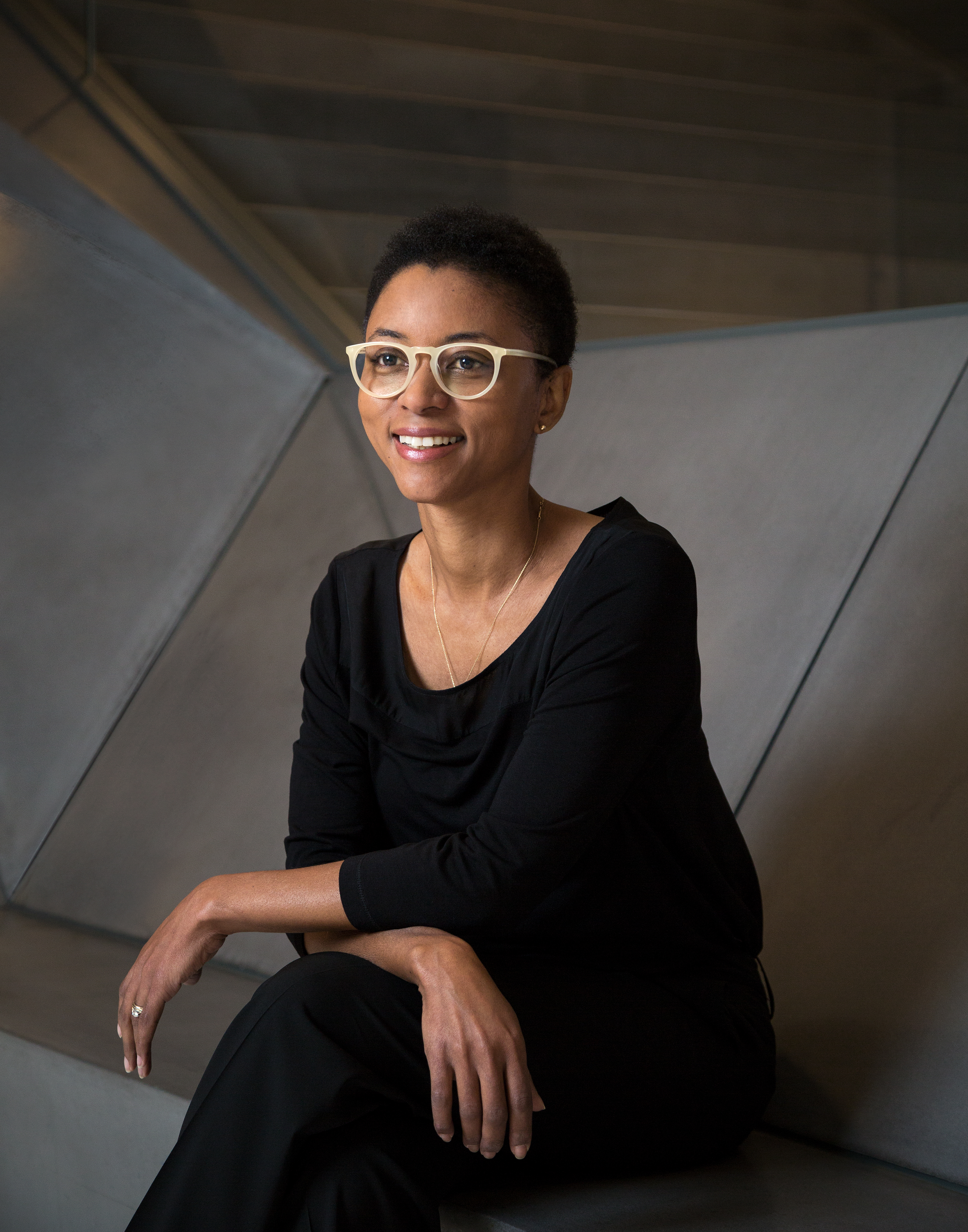
Architect and artist Nina Cooke John.
W*: What excites you about architecture?
NCJ: As a society, we are only recently coming to terms with how powerful a tool architecture is in shaping our lives. Architecture has the power to promote a sense of belonging – a feeling of being at home – whether in private spaces or in public. I am excited about how architecture can promote civic engagement. Through the power of placemaking – creating spaces in public in which people engage with their community, meet their neighbours, make friends, and make memories – architecture can promote political action. As members of any community are given the space to be seen, they connect to the place and to their role as active members of the society.
W*: What would be your dream project?
NCJ: I just developed a brief for my students at Columbia University for a project that I’d love to be doing myself. The studio addresses fugitivity and sanctuary – looking at both the Underground Railroad and the Sanctuary Movement in the Hudson Valley – through the common lens of exploitative labour practices in the agriculture industry, past and present. The students will create a collection of spaces that will be a historical marker of the antebellum collective network while recognising the ongoing tyranny that keeps undocumented immigrants in a constant state of fear. So, my dream project would be designing a cultural institution that acts as a memorial, museum, sanctuary and community space that takes advantage of the natural environment, history and current social conditions to inform how it engages the landscape and people.
Wallpaper* Newsletter
Receive our daily digest of inspiration, escapism and design stories from around the world direct to your inbox.
W*: Who and/or what influences you? What references do you like using?
NCJ: I reference city life often; that urban condition of multiple things happening at the same time, people from all different backgrounds colliding and the beauty that emerges from that intensity. I always come back to the work of Christo and Jeanne-Claude and how insertions in the landscape can transform how we understand the place, both while the installation is there and after it leaves – we see it in a totally new way just because of this disturbance. I’ve also been thinking about the human body; how we exist, engage and move around space individually and collectively. The sculptor Basil Watson is known for his prominent pieces like the Martin Luther King Jr statue recently installed in Atlanta. I’m always delighted to see his figure drawings pop up in my Instagram feed. He explores the multiple expressions of the body, sometimes with agonising contortions, (The Race is one example) that reveal a human rawness that I find spellbinding.
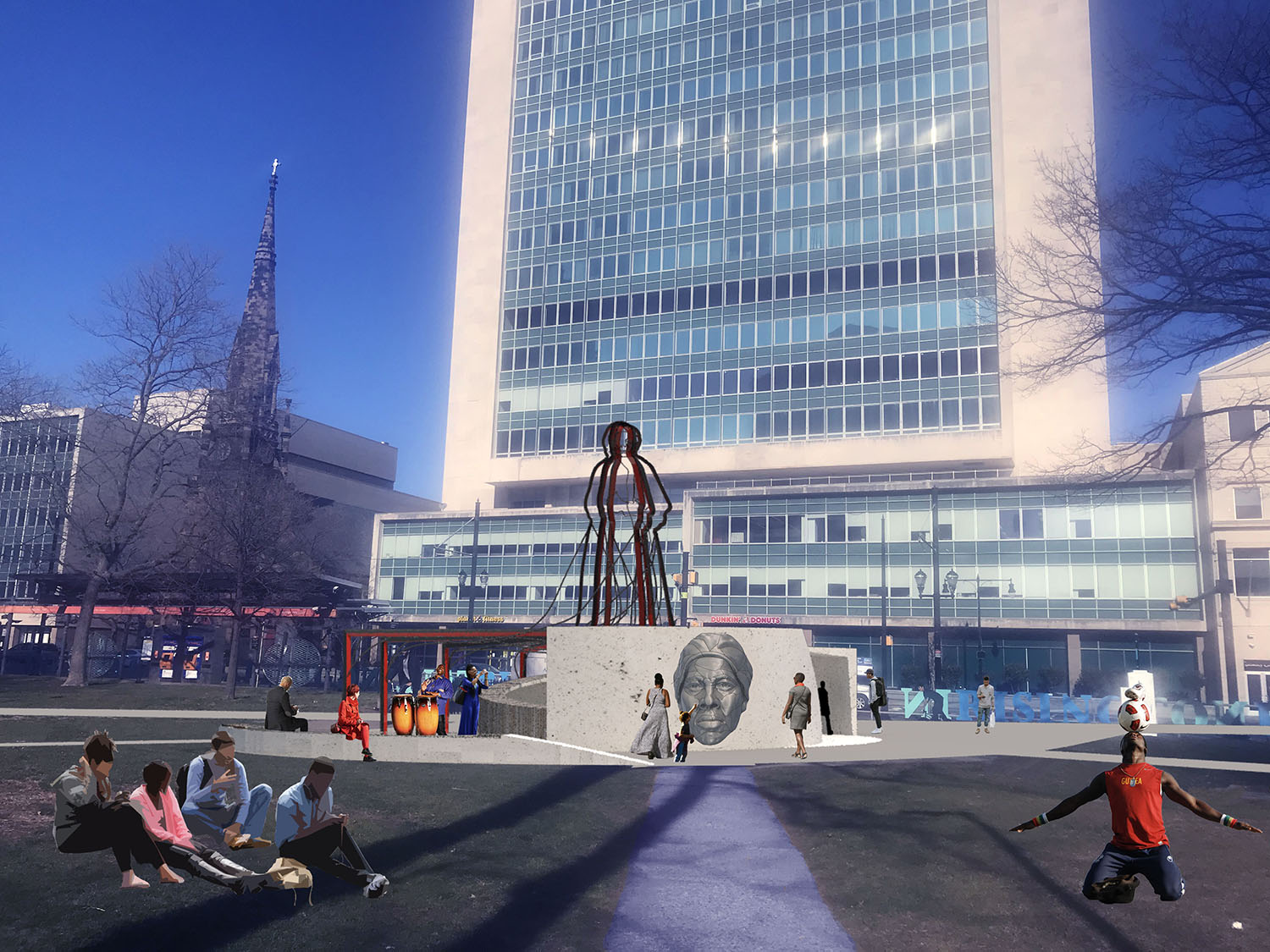
Rendering of Harriet Tubman Monument
W*: What does the United States Artists Fellowship award mean to you?
NCJ: This award is huge. It is a recognition of the beginning of my work at the interstices of art and architecture. I say ‘a beginning’ because it will allow me to continue to expand that work in a more deliberate way.
W*: What are you planning to do with the award sum?
NCJ: I’ve bought myself a new camera. My last one was a Pentax K1000 that I bought in 1992 while I was an undergraduate. I plan on using the camera as a critical tool for the observation of public landscapes of varying types. I’m planning on carving out more time to spend on non-client-driven work – work that is experimental and exploratory.
W*: Where do you see your studio in ten years?
NCJ: In ten years, I will still have a multidisciplinary practice, with equal footing in the art and architecture worlds. We will have more institutional projects that engage the public around cultural programming. We will continue to do public installations of sculptural pieces that encourage engagement and interaction. We will also have expanded the residential work to include more house projects that creatively engage the landscape with innovative form and detailing.
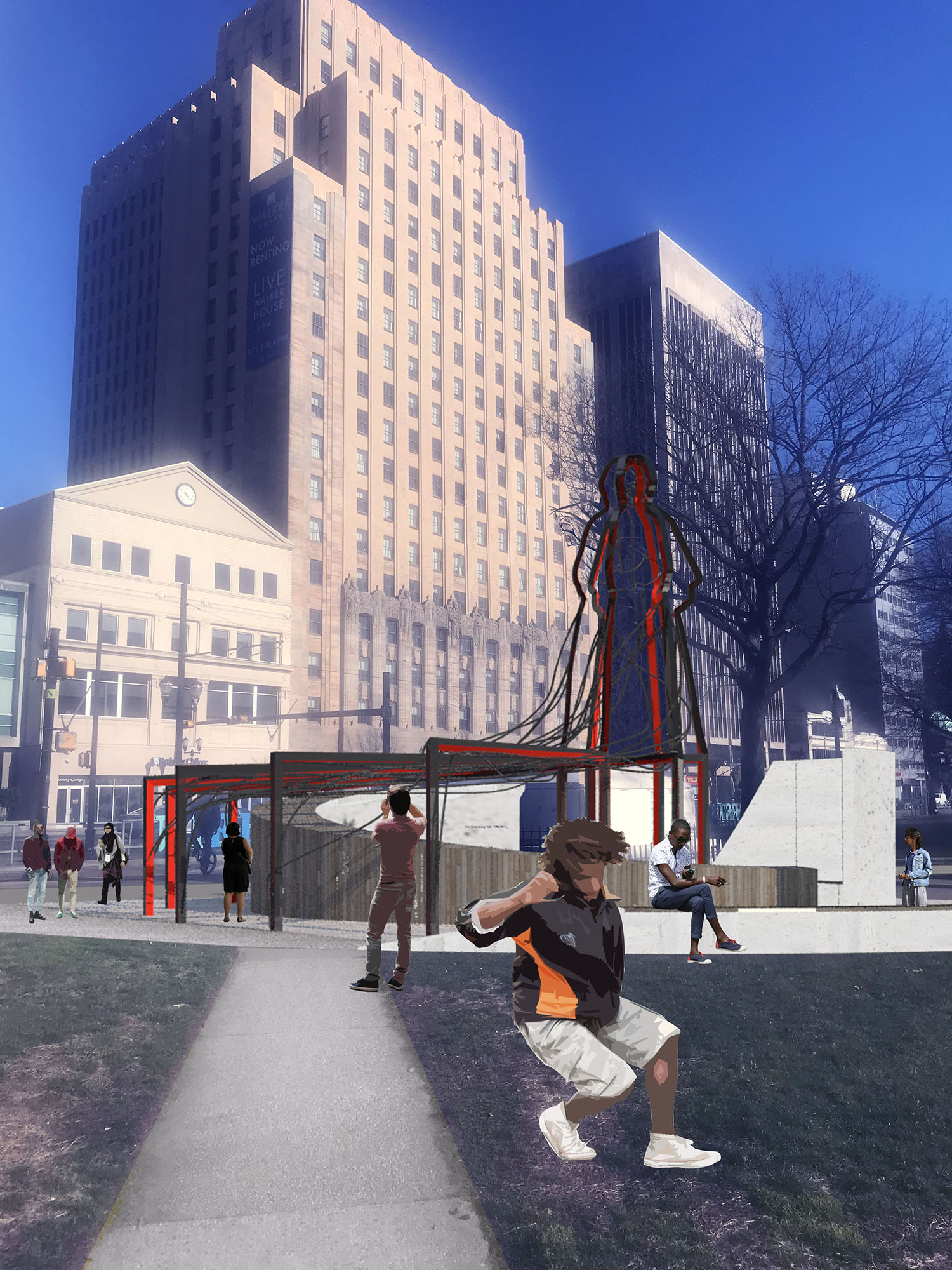
Close up rendering of Harriet Tubman Monument.

Planned Parenthood of Metropolitan New Jersey Lobby Renovation.
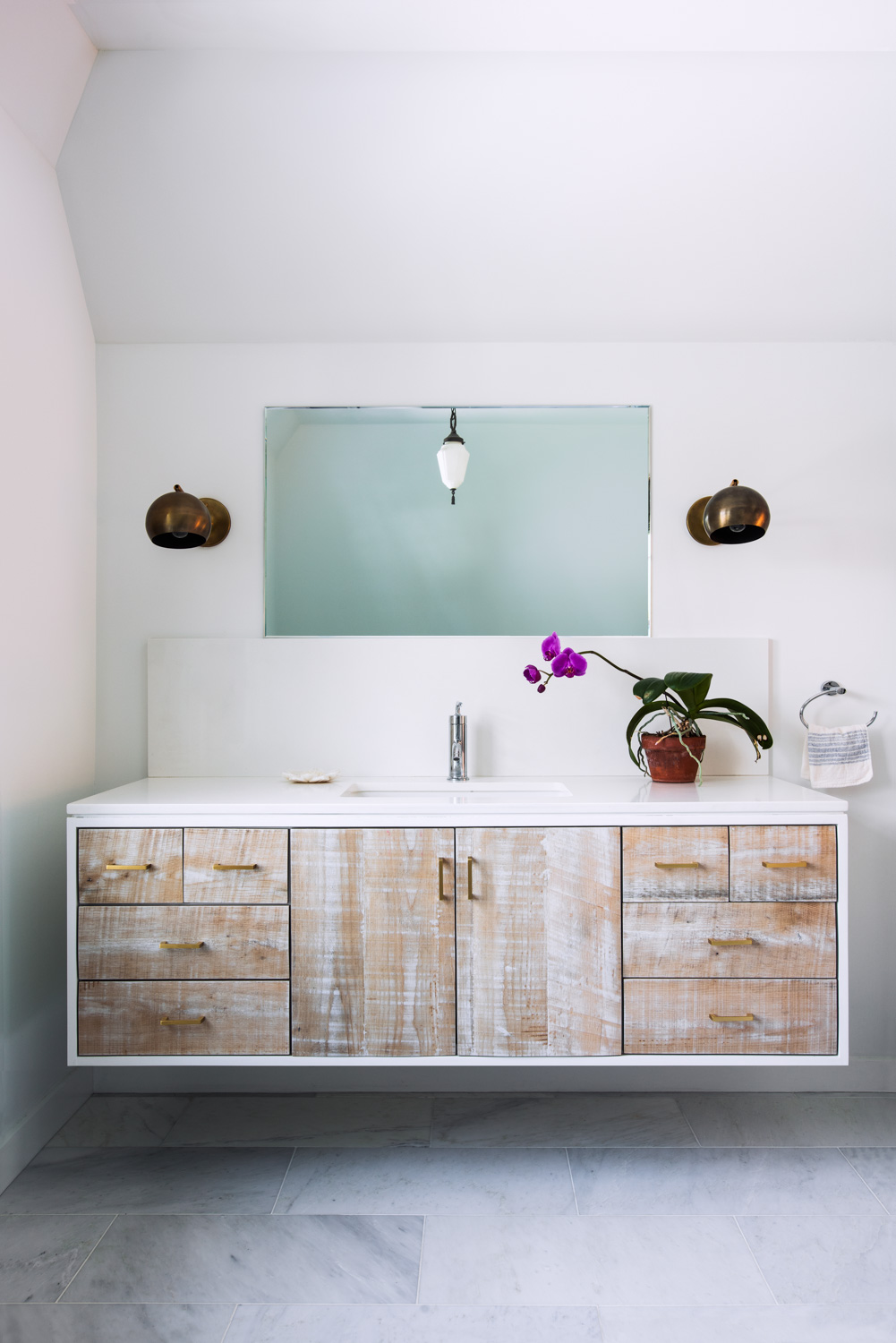
Christopher Street House Renovation.
INFORMATION
Ellie Stathaki is the Architecture & Environment Director at Wallpaper*. She trained as an architect at the Aristotle University of Thessaloniki in Greece and studied architectural history at the Bartlett in London. Now an established journalist, she has been a member of the Wallpaper* team since 2006, visiting buildings across the globe and interviewing leading architects such as Tadao Ando and Rem Koolhaas. Ellie has also taken part in judging panels, moderated events, curated shows and contributed in books, such as The Contemporary House (Thames & Hudson, 2018), Glenn Sestig Architecture Diary (2020) and House London (2022).
-
 All-In is the Paris-based label making full-force fashion for main character dressing
All-In is the Paris-based label making full-force fashion for main character dressingPart of our monthly Uprising series, Wallpaper* meets Benjamin Barron and Bror August Vestbø of All-In, the LVMH Prize-nominated label which bases its collections on a riotous cast of characters – real and imagined
By Orla Brennan
-
 Maserati joins forces with Giorgetti for a turbo-charged relationship
Maserati joins forces with Giorgetti for a turbo-charged relationshipAnnouncing their marriage during Milan Design Week, the brands unveiled a collection, a car and a long term commitment
By Hugo Macdonald
-
 Through an innovative new training program, Poltrona Frau aims to safeguard Italian craft
Through an innovative new training program, Poltrona Frau aims to safeguard Italian craftThe heritage furniture manufacturer is training a new generation of leather artisans
By Cristina Kiran Piotti
-
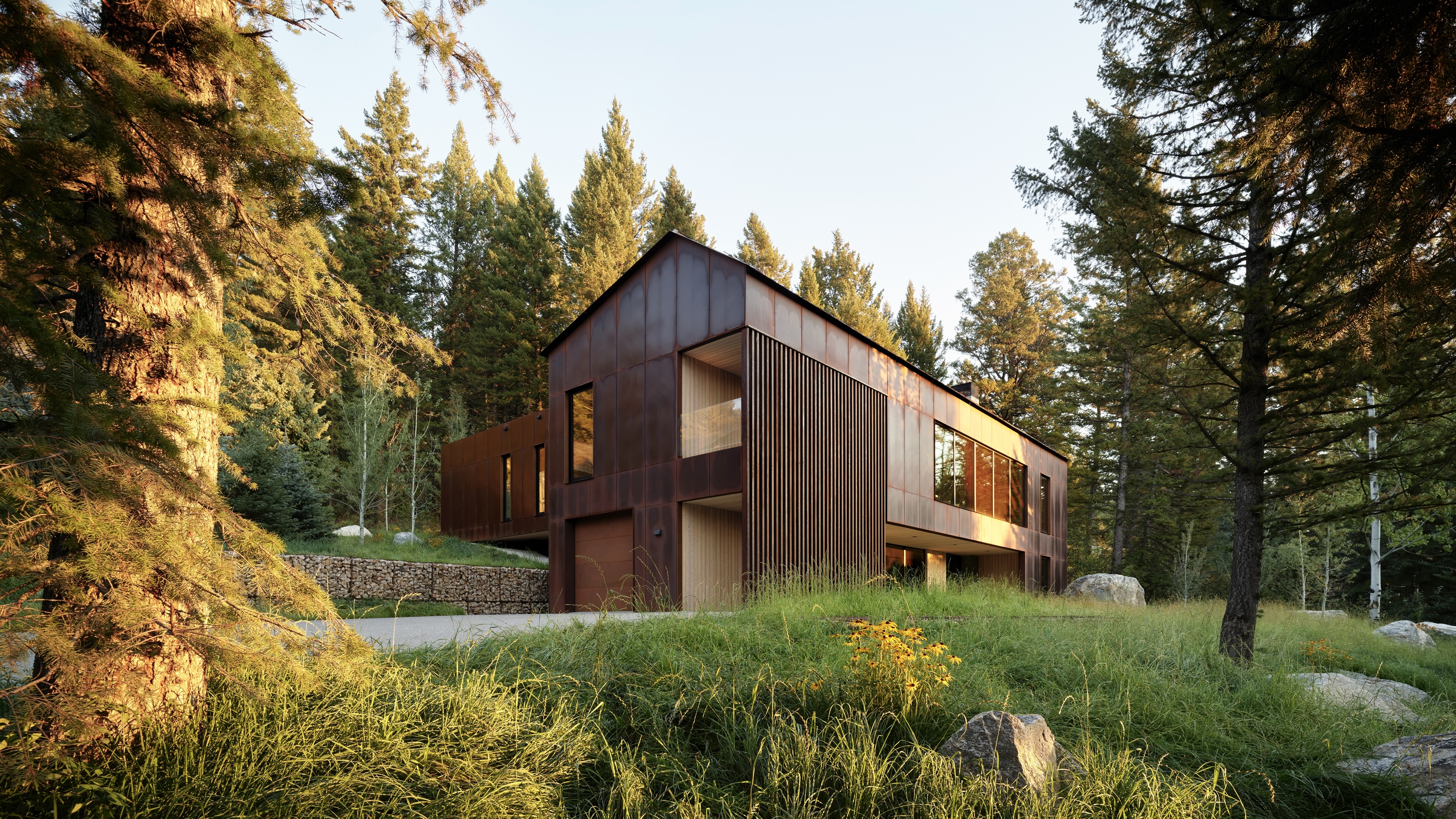 This minimalist Wyoming retreat is the perfect place to unplug
This minimalist Wyoming retreat is the perfect place to unplugThis woodland home that espouses the virtues of simplicity, containing barely any furniture and having used only three materials in its construction
By Anna Solomon
-
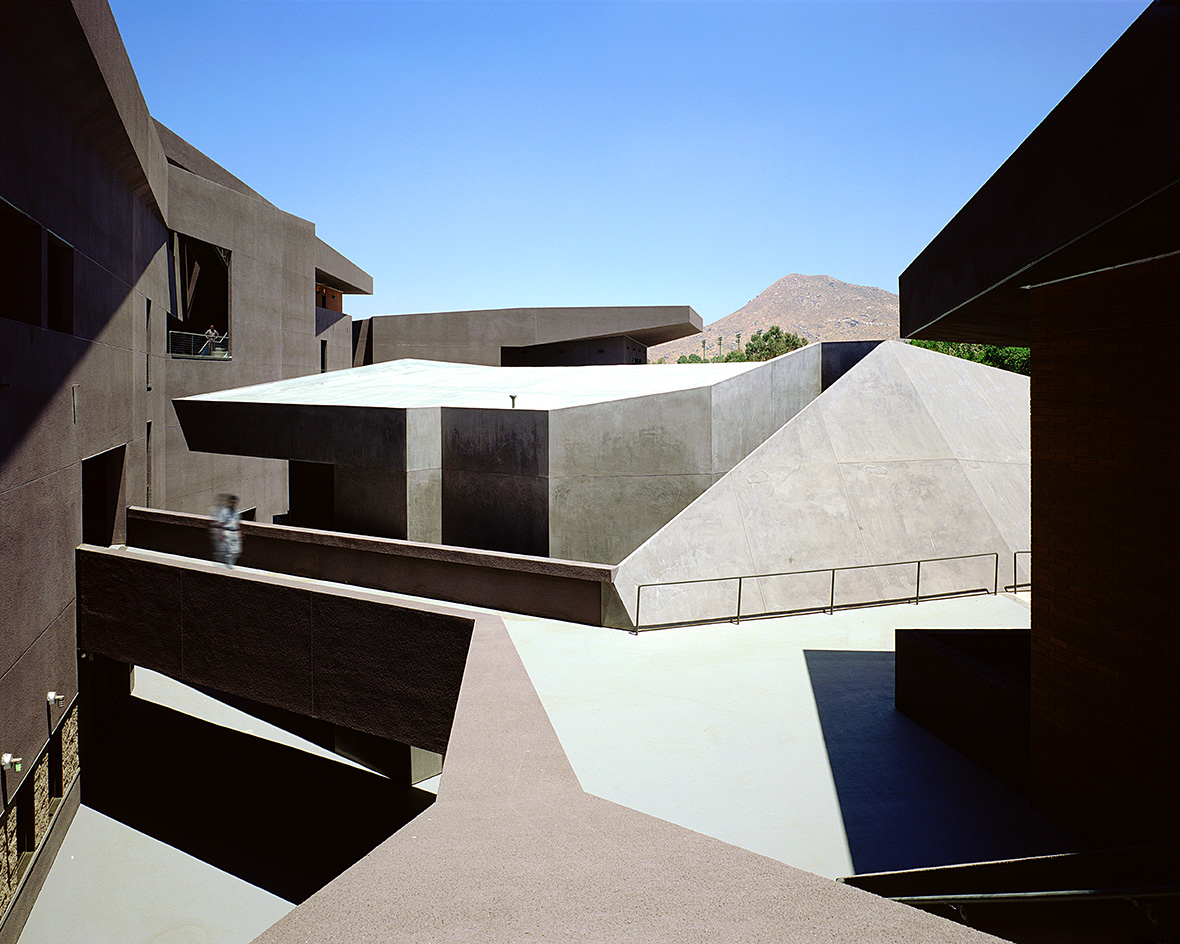 We explore Franklin Israel’s lesser-known, progressive, deconstructivist architecture
We explore Franklin Israel’s lesser-known, progressive, deconstructivist architectureFranklin Israel, a progressive Californian architect whose life was cut short in 1996 at the age of 50, is celebrated in a new book that examines his work and legacy
By Michael Webb
-
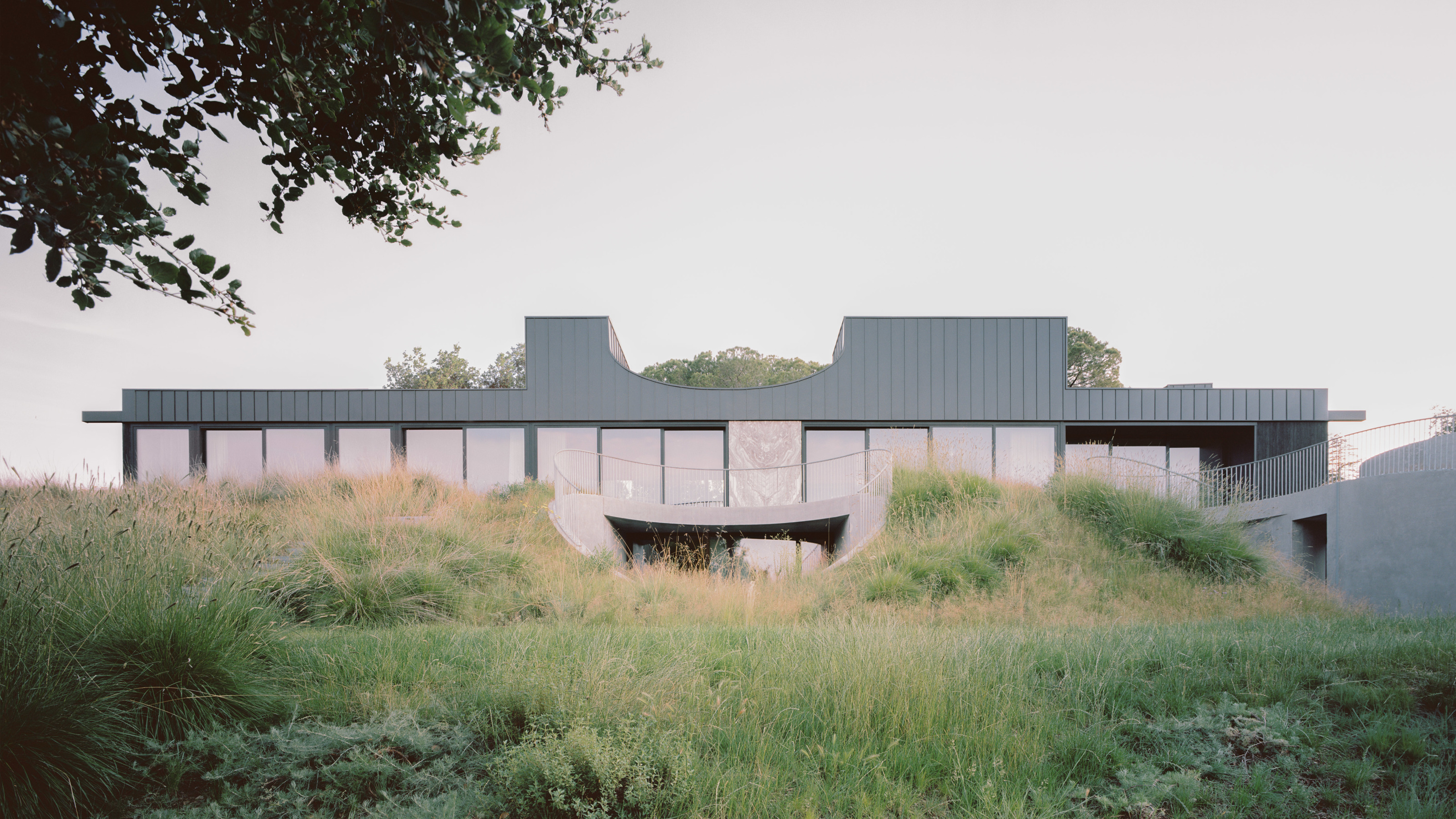 A new hilltop California home is rooted in the landscape and celebrates views of nature
A new hilltop California home is rooted in the landscape and celebrates views of natureWOJR's California home House of Horns is a meticulously planned modern villa that seeps into its surrounding landscape through a series of sculptural courtyards
By Jonathan Bell
-
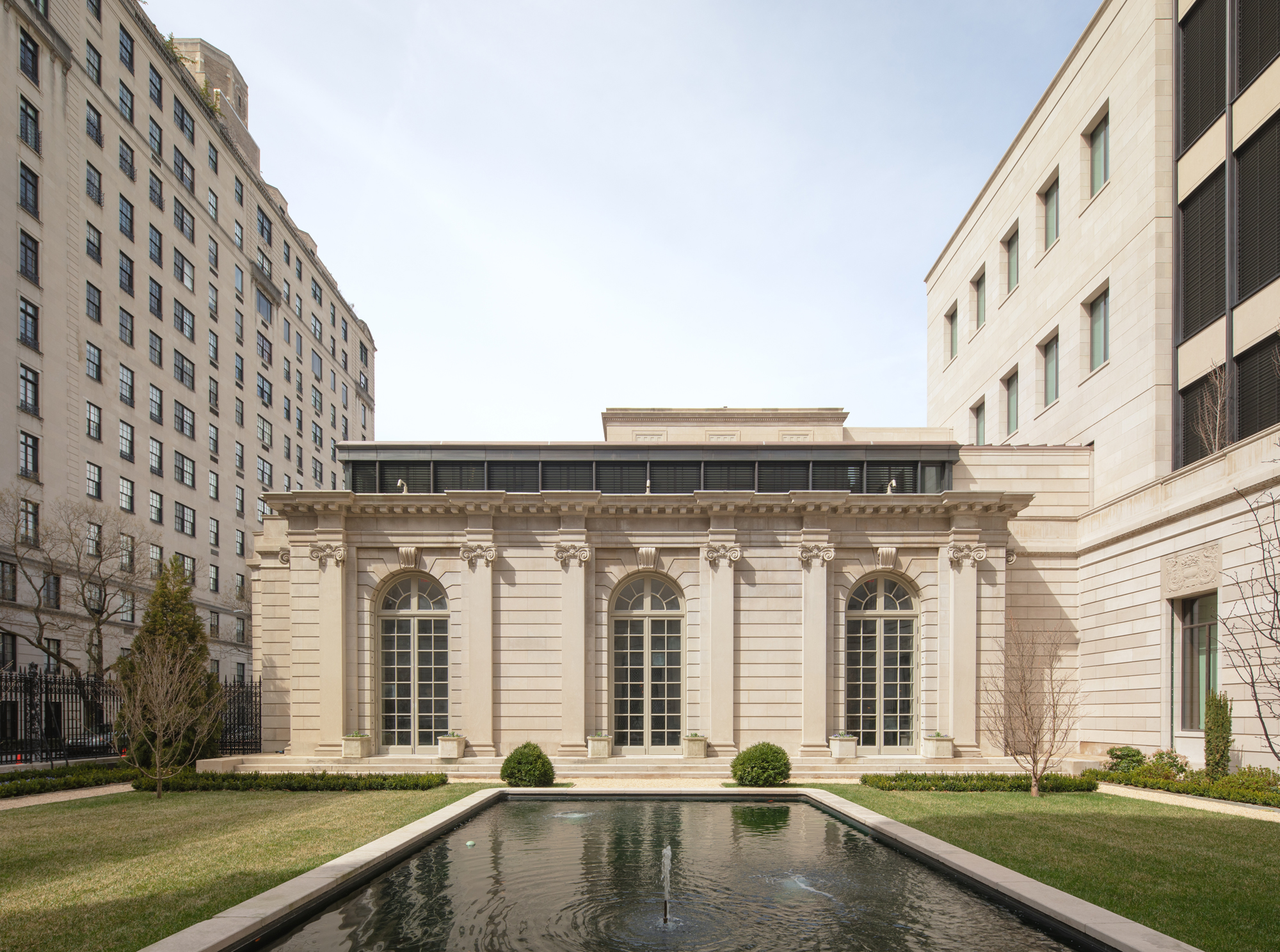 The Frick Collection's expansion by Selldorf Architects is both surgical and delicate
The Frick Collection's expansion by Selldorf Architects is both surgical and delicateThe New York cultural institution gets a $220 million glow-up
By Stephanie Murg
-
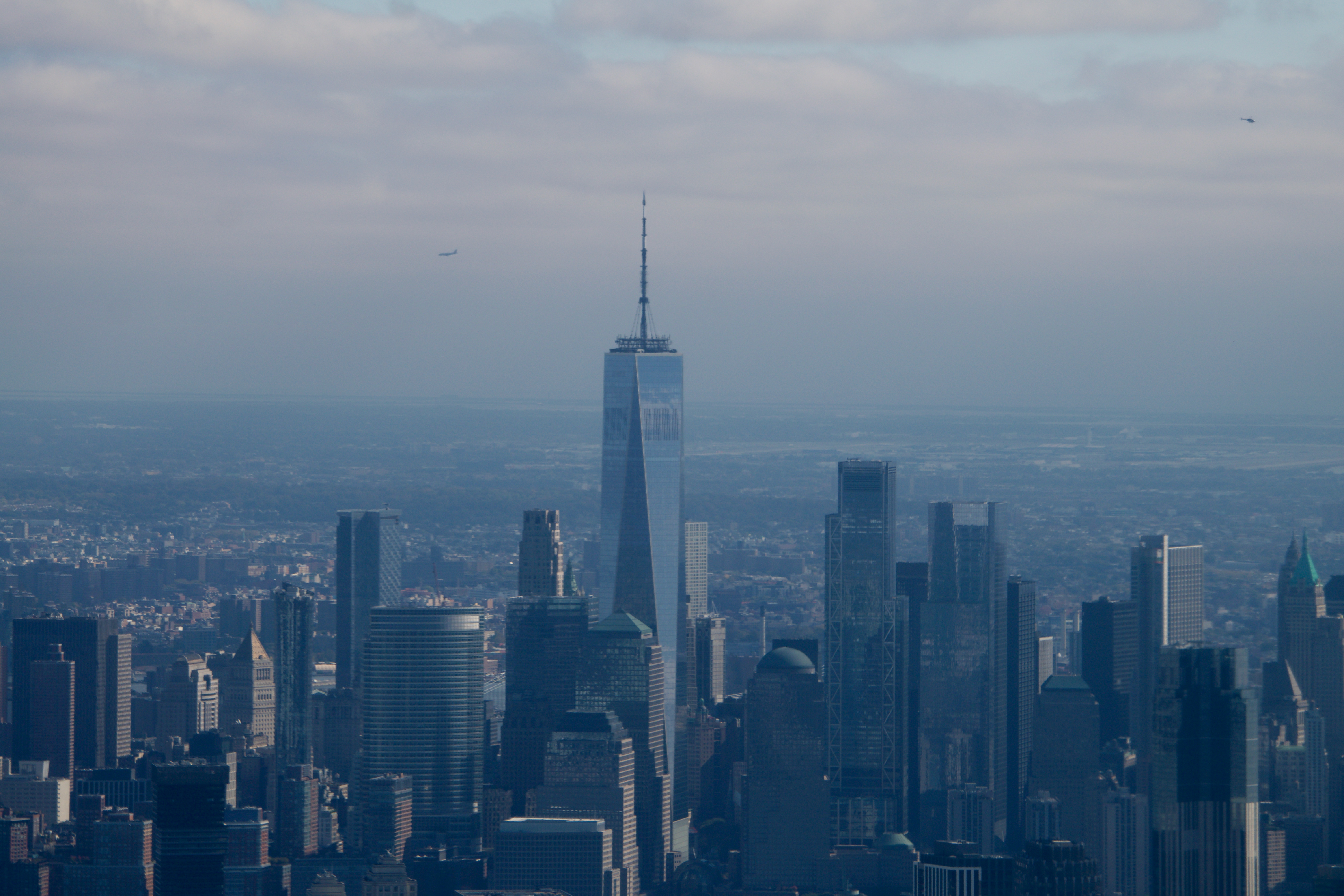 Remembering architect David M Childs (1941-2025) and his New York skyline legacy
Remembering architect David M Childs (1941-2025) and his New York skyline legacyDavid M Childs, a former chairman of architectural powerhouse SOM, has passed away. We celebrate his professional achievements
By Jonathan Bell
-
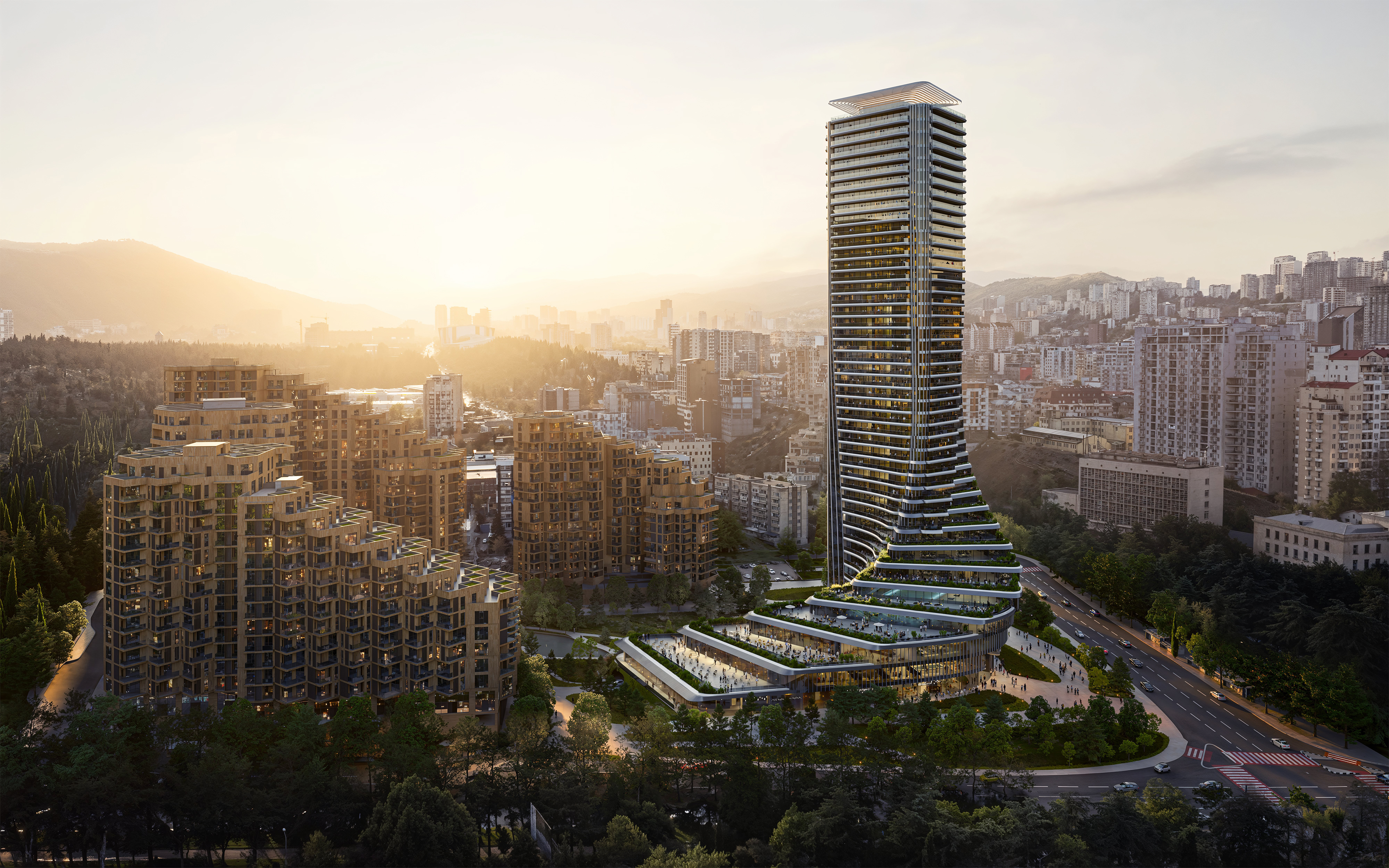 The upcoming Zaha Hadid Architects projects set to transform the horizon
The upcoming Zaha Hadid Architects projects set to transform the horizonA peek at Zaha Hadid Architects’ future projects, which will comprise some of the most innovative and intriguing structures in the world
By Anna Solomon
-
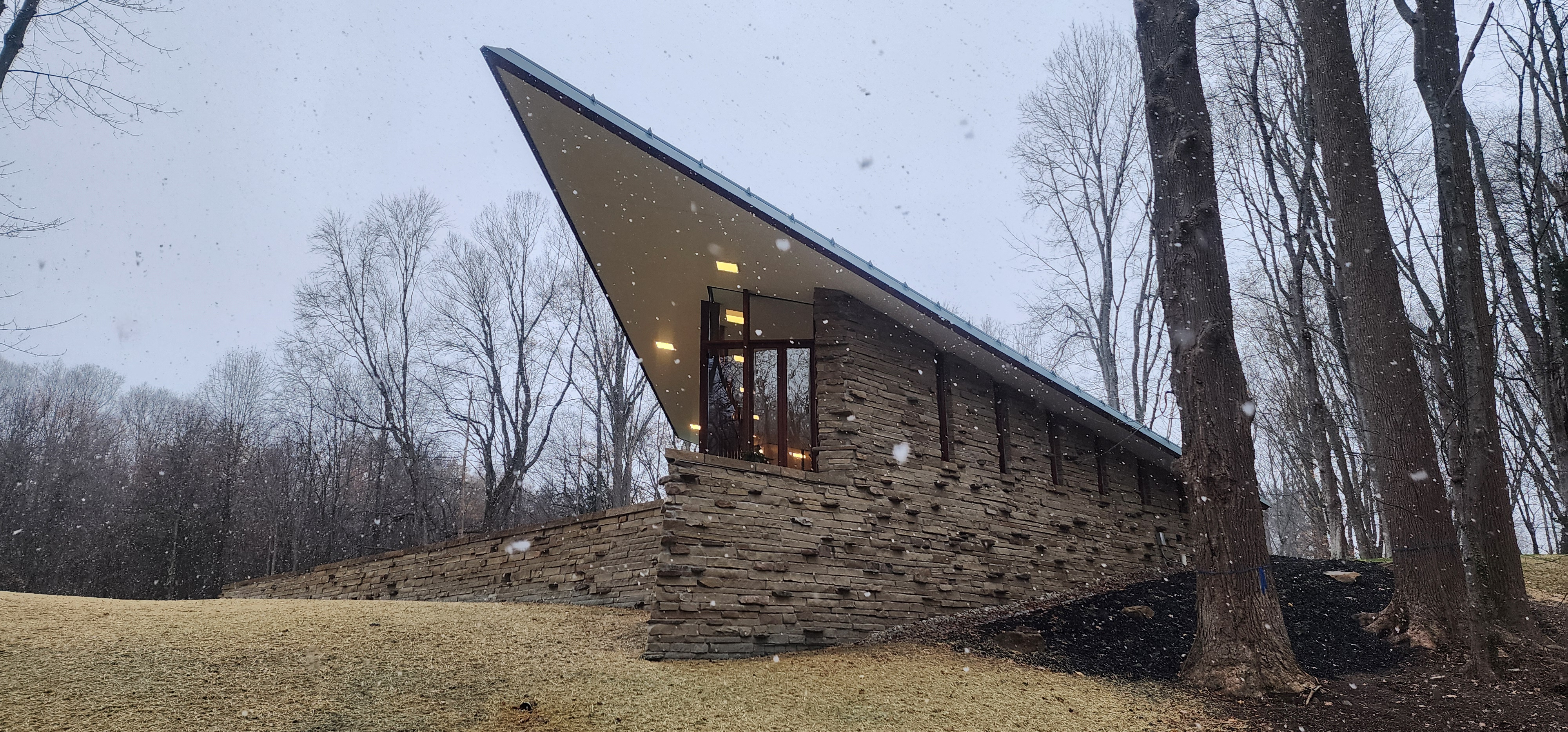 Frank Lloyd Wright’s last house has finally been built – and you can stay there
Frank Lloyd Wright’s last house has finally been built – and you can stay thereFrank Lloyd Wright’s final residential commission, RiverRock, has come to life. But, constructed 66 years after his death, can it be considered a true ‘Wright’?
By Anna Solomon
-
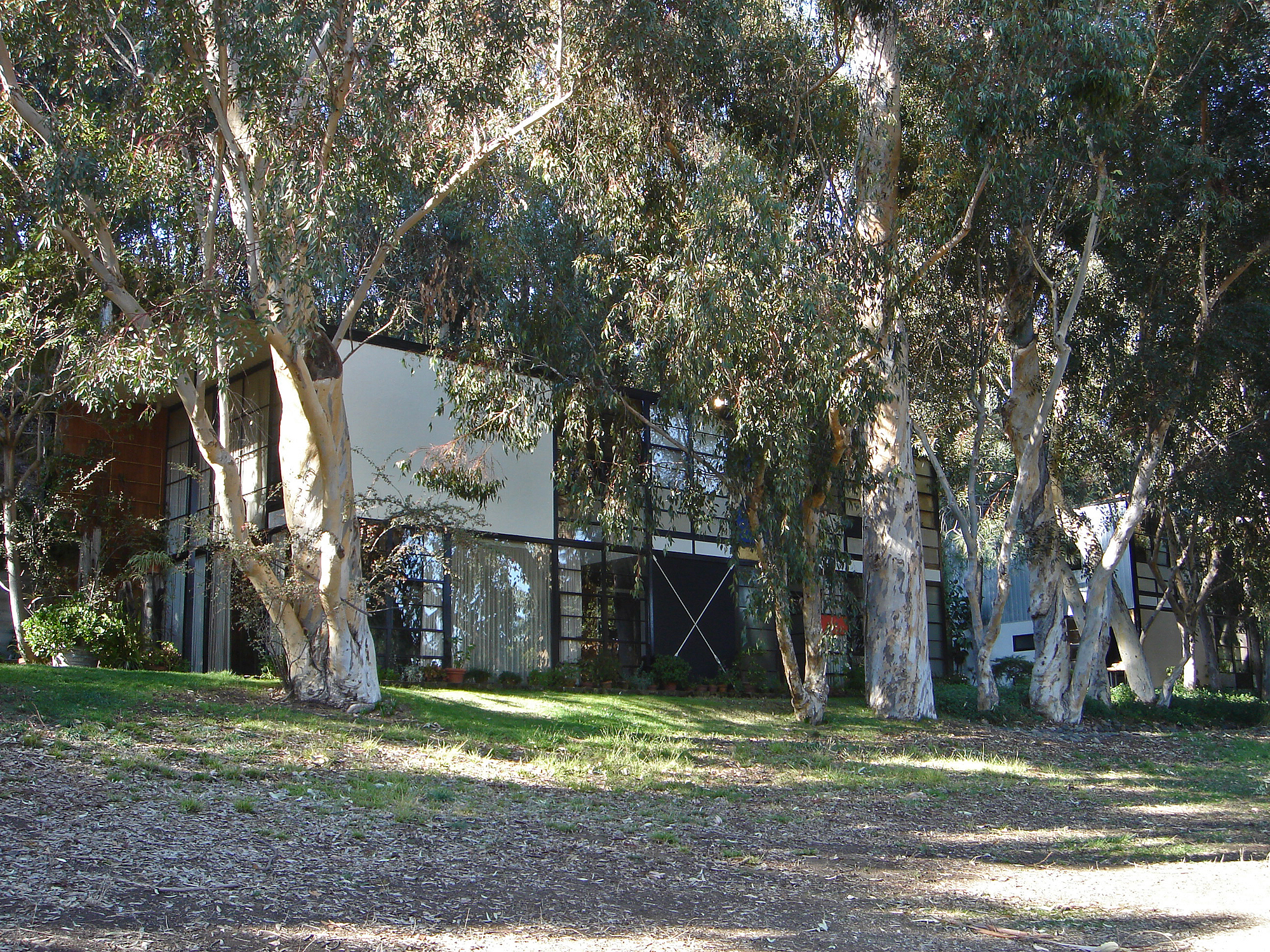 Heritage and conservation after the fires: what’s next for Los Angeles?
Heritage and conservation after the fires: what’s next for Los Angeles?In the second instalment of our 'Rebuilding LA' series, we explore a way forward for historical treasures under threat
By Mimi Zeiger